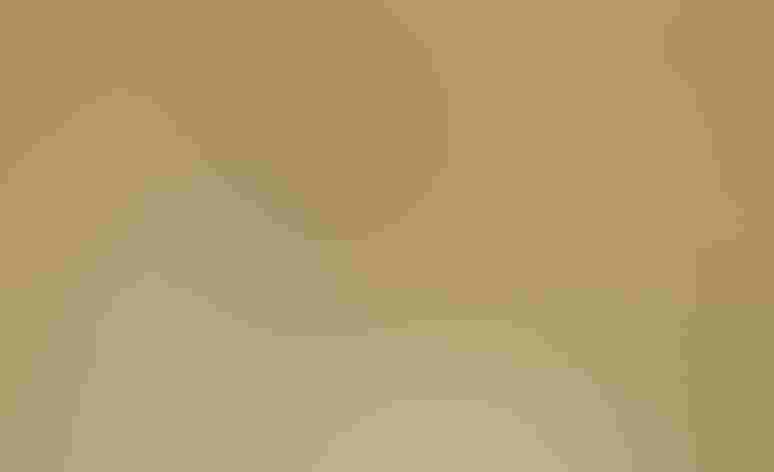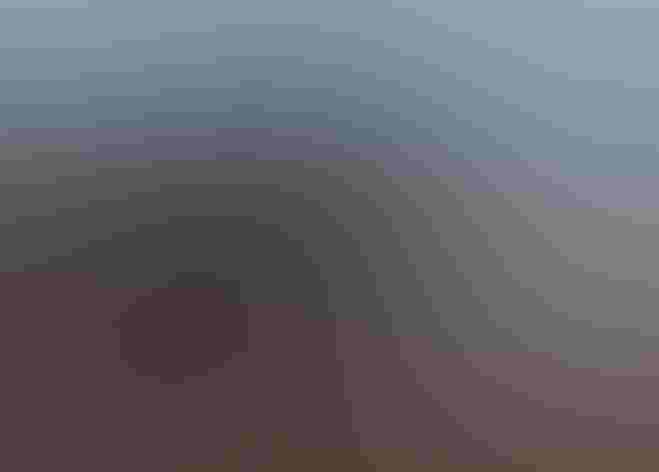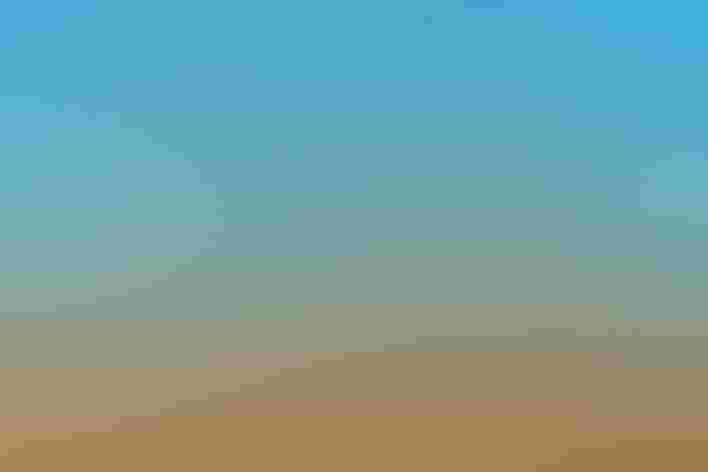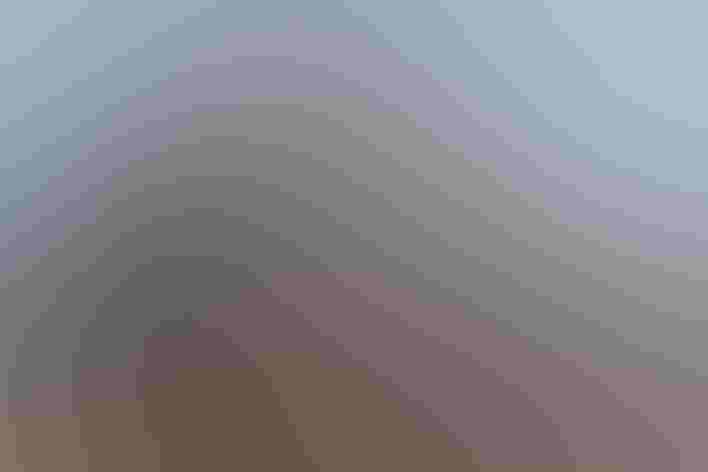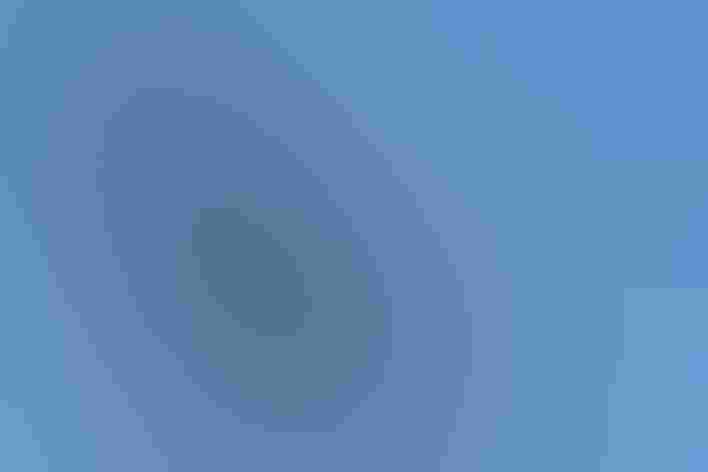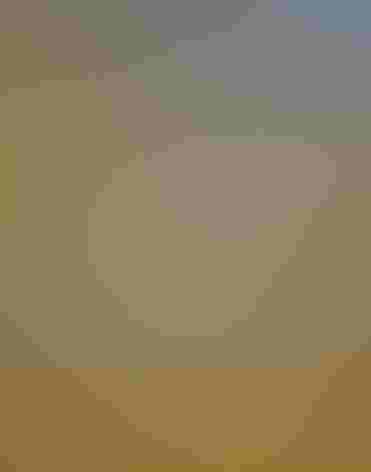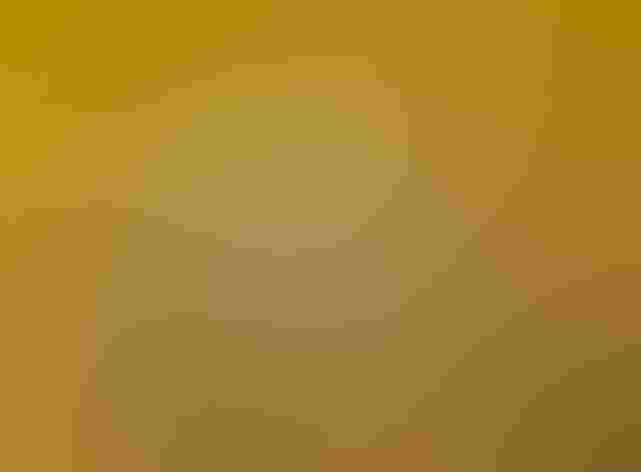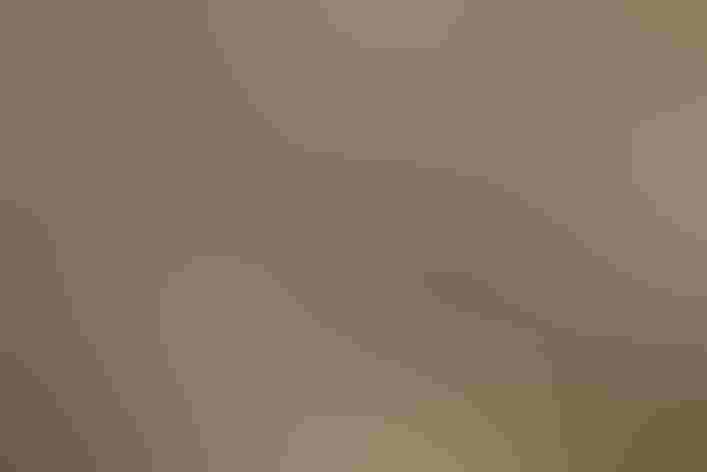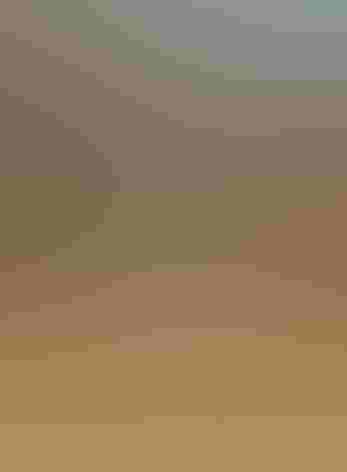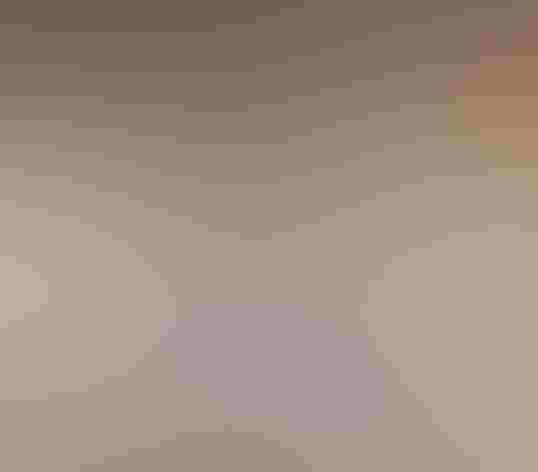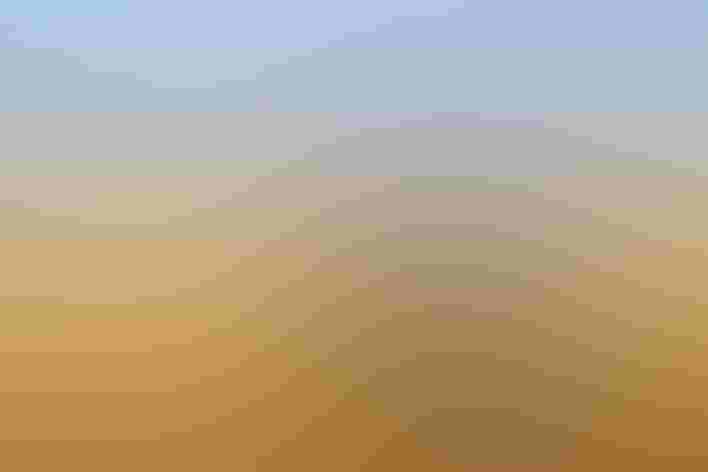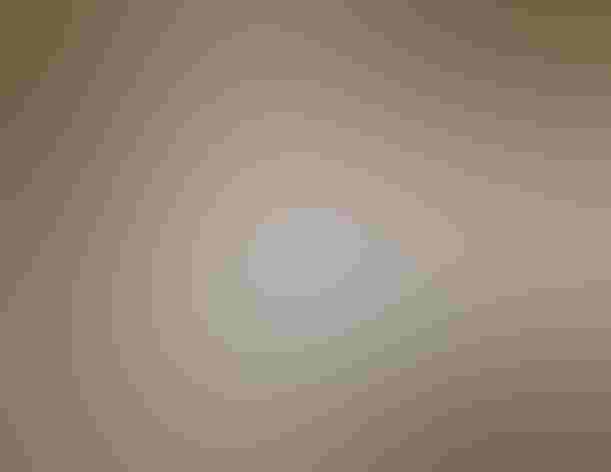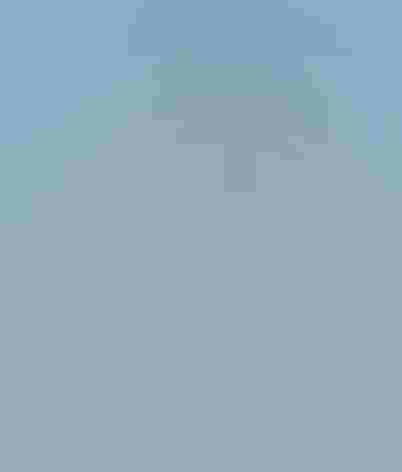Snow Goose
At a Glance
Very localized, but abundant where they occur, Snow Geese typically are seen in large numbers or not at all. Included under this heading is the 'Blue Goose,' long considered a separate species, now known to be only a color morph of the smaller race of Snow (Lesser Snow Goose). The two color forms mate with each other, and may produce young of either or both colors. A larger race, Greater Snow Goose, nests in far eastern regions of Canada and winters on the Atlantic Coast.
All bird guide text and rangemaps adapted from Lives of North American Birds by Kenn Kaufman© 1996, used by permission of Houghton Mifflin Harcourt Publishing Company. All rights reserved.
Category
Duck-like Birds, Ducks and Geese
Conservation
Low Concern
Habitat
Coasts and Shorelines, Fields, Meadows, and Grasslands, Freshwater Wetlands, Lakes, Ponds, and Rivers, Saltwater Wetlands, Tundra and Boreal Habitats
Region
Alaska and The North, California, Eastern Canada, Florida, Great Lakes, Mid Atlantic, New England, Northwest, Plains, Rocky Mountains, Southeast, Southwest, Texas, Western Canada
Behavior
Direct Flight, Formation, Rapid Wingbeats
Population
16.000.000
Range & Identification
Migration & Range Maps
Migrates long distances, in flocks, often flying very high. In many regions the Snows migrate along rather narrow corridors, with traditional stopover points en route.
Description
25-31" (64-79 cm). Typical adult white with black wingtips, pink-orange bill and legs. Compare to white domestic geese and ducks. Immature grayer. Blue morph (Blue Goose") has gray body and wings, white head. Immature of blue morph is mostly dark brown, with dark bill and legs; compare to White-fronted Goose.
Size
About the size of a Heron, About the size of a Mallard or Herring Gull
Color
Black, Brown, Gray, Orange, Pink, White
Wing Shape
Pointed, Tapered
Tail Shape
Rounded, Short, Square-tipped
Songs and Calls
A high-pitched, barking bow-wow! or howk-howk!
Call Pattern
Falling, Flat, Undulating
Call Type
Croak/Quack, Whistle
Habitat
Tundra (summer), marshes, grain fields, ponds, bays. In summer on Arctic tundra usually within 5 miles of coast, near lakes or rivers. During migration and winter in coastal marshes, estuaries, freshwater marshes, agricultural country. Greater Snow Goose often nests in higher and drier tundra, and in migration and winter is more often in saltwater habitats than Lesser Snow.
Sign up for Audubon's newsletter to learn more about birds like the Snow Goose
Behavior
Eggs
3-5, sometimes 1-7, rarely 8. Whitish, becoming nest-stained. Incubation is by female only, 22-23 days, up to 25.
Young
Usually leave nest within a few hours after hatching; they find their own food, and are tended by both parents. Family group may travel miles on foot away from nest site. Young fledge at 42-50 days.
Feeding Behavior
forages mostly by walking in shallow water or on land. Except when nesting, usually feeds in flocks, sometimes mixed with other kinds of geese.
Diet
Almost entirely plant material. Feeds on seeds, leaves, and roots of many species of wild grasses, also of sedges, bulrushes, horsetail, others. Very young goslings may feed on insect larvae. In fall, may eat many berries. Winter flocks often feed on waste grain in agricultural fields.
Nesting
May mate for life. Usually first breeds at age of 3 years. In one courtship display, male and female face each other and stretch necks upward rapidly and repeatedly in unison. Often nests in colonies. Nest site (selected by female) usually on slight ridge or hummock, with good visibility. Same site may be used more than one season. Nest (built by female, mostly after first egg is laid) is shallow depression filled with bulky bowl of plant material, lined with down.
Climate Vulnerability
Conservation Status
Population of Greater Snows was reduced to only 2,000-3,000 around year 1900, has made satisfactory recovery. Total number of Lesser Snows apparently has increased greatly in recent decades. Population may vary because of Arctic summer weather: in series of exceptionally cold summers, Snow Geese may raise very few young.
Climate Threats Facing the Snow Goose
Choose a temperature scenario below to see which threats will affect this species as warming increases. The same climate change-driven threats that put birds at risk will affect other wildlife and people, too.

